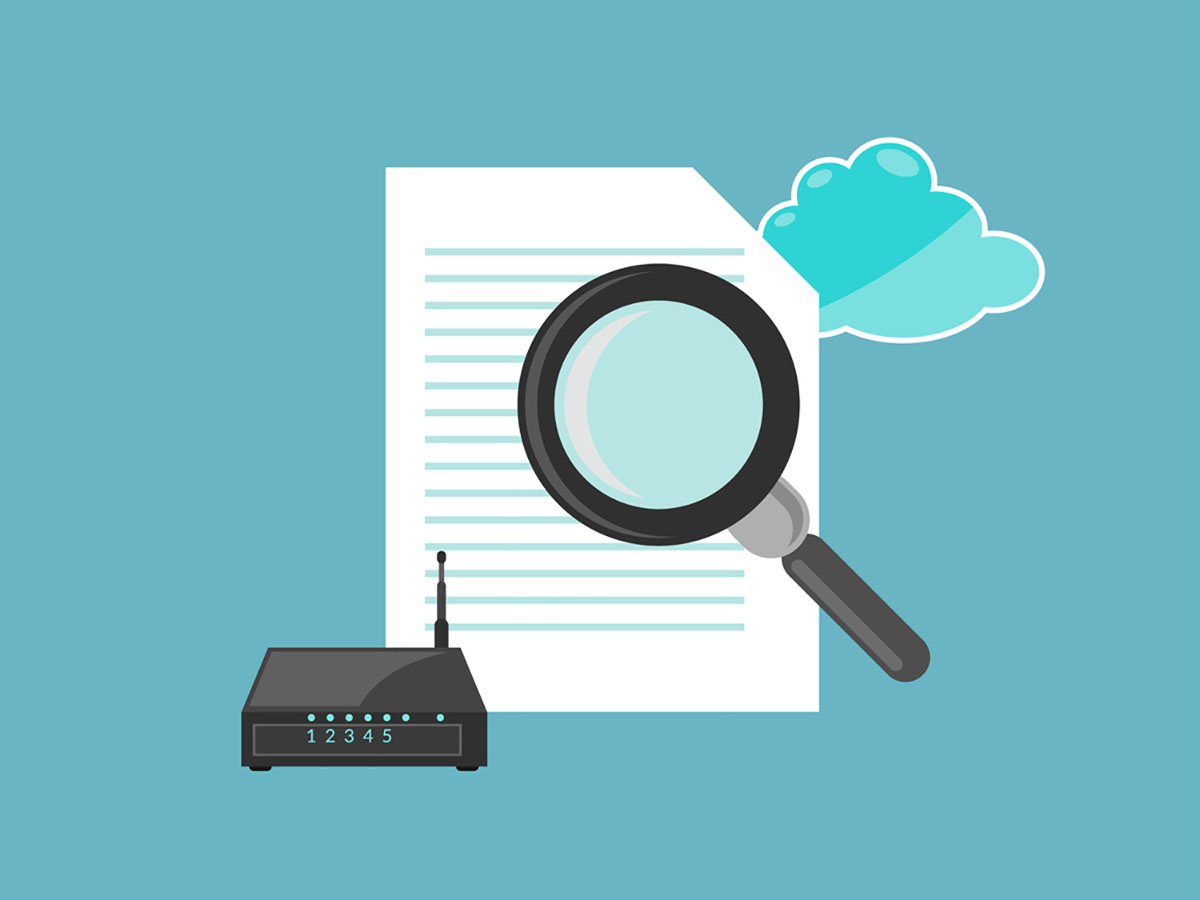An Information Security Policy is a set of guidelines and rules that an organization implements to manage and protect its information assets. These rules dictate how the data should be accessed, stored, transmitted, and protected from unauthorized access, data breaches, and other threats. This policy applies to all employees, suppliers, and any other individual or entity that might access the organization’s data.
Information Security Policy Examples
1. Password Policy
A Password Policy is an essential part of any organization’s Information Security Policy. The main aim of this policy is to ensure the creation and use of reliable, secure passwords, and their regular update and protection. This kind of policy is fundamental because passwords are often the first line of defense protecting user accounts and organizational data.
Stay One Step Ahead of Cyber Threats
For instance, the Password Policy may require employees always to use strong passwords that include a blend of uppercase letters, lowercase letters, numbers, and special characters. The increased complexity helps in lowering the chances of passwords being guessed or cracked by malignant actors.
Moreover, this policy might also enforce periodic password changes, often every 60 to 90 days. Regular updating of passwords helps in keeping security tight and reducing the likelihood of unauthorized access. It also provides guidelines on what to do in case of a suspected password compromise.
2. Internet Use Policy
An Internet Use Policy, another key aspect of an Information Security Policy, determines the do’s and don’ts for employees while using the internet within the organizational framework. This policy is crucial to maintain a safe and productive work environment and protect the business from potential cyber threats.
A primary guideline within this policy could be prohibiting employees from visiting questionable or unsecured websites. Restricting these sites considerably reduces the risk of malware infiltrations within the organization’s network, protecting its data and system integrity.
Another important feature of the Internet Use Policy is often a directive against opening suspicious emails or attachments. This guideline helps to prevent phishing attacks and other email-related threats. Similarly, rules about not sharing sensitive professional information on social media platforms are also common, preventing potential information leaks.
3. Access Control Policy
An Access Control Policy is a critical component of an Information Security Policy. It sets clear definitions on who is authorized to access specific data and areas within an organization’s information system. By strictly dictating access rules, it ensures that sensitive information stays protected.
For example, this sort of policy typically categorizes different levels of data and assigns access rights accordingly, based on an individual’s role in the organization. Thus, everyone in the organization doesn’t have the same level of access. Only the necessary privileges are given, minimizing the risk of internal data breaches.
Moreover, any changes in an employee’s role or departure from the organization results in a reassessment of access rights. This continuous updating of privileges helps in ensuring that access to vital data remains properly regulated, reducing the potential vulnerabilities in an organization’s information security.
Conclusion
In essence, an Information Security Policy, through its various components, plays a crucial role in establishing a secure cyber environment for an organization. Examples like Password Policy, Internet Use Policy, and Access Control Policy, all work in harmony to protect the organization’s data, ensuring its comprehensiveness in dealing with different types of potential security threats.
Key Takeaways
- An Information Security Policy is a protocol that outlines how company data should be managed and safeguarded against threats.
- Password Policy is a significant part of Information Security Policy, focusing on creating robust passwords and their periodic updates.
- Internet Use Policy aids in creating a safer digital environment around the web usage behavior of the employees.
- Through an Access Control Policy, sensitive data’s access is regulated based on an individual’s role within the organization.
- The key to an effective Information Security Policy is its comprehensive nature that takes into account all possible threats and vulnerabilities.
Related Questions
1. What is the main goal of an Information Security Policy?
The main goal of an Information Security Policy is to protect an organization’s information assets by outlining rules and guidelines for accessing, using, and managing that data.
2. Why is a Password Policy important?
The Password Policy is important because it enforces the use of strong, complex passwords and their regular alteration, providing a strong first line of defense against unauthorized access to user accounts and data.
3. How does an Internet Use Policy help in the workplace?
An Internet Use Policy helps create a safe digital environment in the workplace by reducing the risk of potential cyber threats that can arise from unsecured websites, suspicious emails, or improper social media use.
4. What is an Access Control Policy?
An Access Control Policy is a set of rules that define who is authorized to access certain data within the organization, minimizing the risk of unauthorized access and information breaches.
5. Can the rules outlined in an Information Security Policy change?
Yes, the rules in an Information Security Policy can be updated or changed as needed to adapt to emerging threats or changes within the organization itself.
"Amateurs hack systems, professionals hack people."
-- Bruce Schneier, a renown computer security professional






